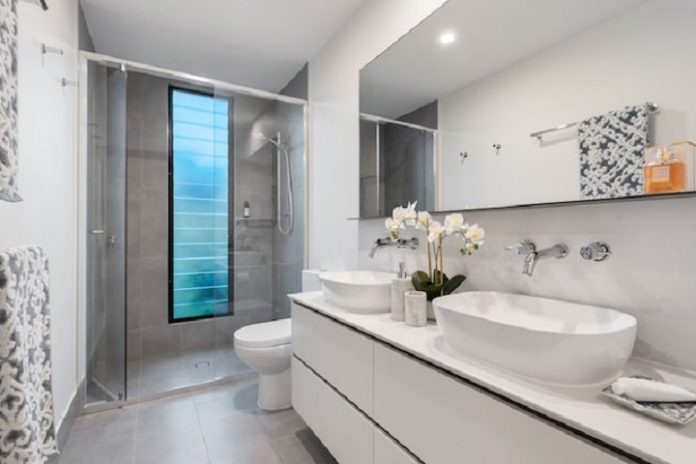Tubs come in various sizes, styles, and materials, so making the proper choice is essential. No one likes having to rip out their bathtub and replace it, so it’s vital to think carefully about whether or not a new model is worth the investment or whether or not refinishing the existing tub is a better option.
In what ways do you intend to make use of that tub?
Based on your response, you’ll know if a simple, low-cost design will do or whether you’ll require more advanced features. A regular tub requires water, but a whirlpool, air bath, or jacuzzi tub has jets or channels that direct air to massage your body. Armrests, a headrest, grab bars, and nonslip flooring are the usual additions to a soaking tub. Adjustable jets, underwater lighting, aromatherapy, heated fans, and self-cleaning systems are luxuries of modern whirlpools, air-bath, and combination tubs. The cost of your tub will increase in proportion to its complexity level.
What to Look for in a Bathtub
Hundreds of designs and sizes are available, making it challenging to find the right tub. The cost, lifespan, and ease of maintenance of your new tub depend on your chosen material. Check out our breakdown of the several options for tub construction.
Whether fibreglass or acrylic, plastic tubs provide the most form variety for designers. It retains heat efficiently and feels comfortable to the touch, making it an excellent insulator compared to colder materials like enamelled steel or cast iron. The plastic tub weighs the lightest at about 60-70 pounds. Surfaces are not readily chipped, but abrasive cleaning can cause damage.
Low-cost options can be found in enamelled steel tubs, which are fashioned from steel and coated in porcelain enamel. But there are downsides to the material: Steel is a heat conductor; thus, bath water will cool rapidly, the surface will chip easily, and it will weigh almost twice as much as a plastic tub.
Like steel, cast-iron tubs have an enamel finish. Cast iron bathtub is sturdier and more resistant to impacts, and the enamel covering is thicker than steel tubs, so chips are less likely to appear. A cast-iron tub will initially remove heat from the water, but once heated, it will maintain the water’s temperature for a considerable time. The biggest downside of cast iron is its heavy weight (350-500 pounds), which might make it difficult to install on the upper floors.
Various solid colours are available for cast-polymer tubs, which are designed to resemble more expensive natural stones like marble, granite, and onyx. Cast polymer is somewhat more expensive than acrylic but doesn’t have as durable a finish. Gel-coat finishes on cast-polymer tubs can deteriorate and break over time.
Read More: 5 Tips That Can Help You in the Installation Process of Bathroom & Kitchen Tiles
A Variety of Tubs and Where to Put
The layout of your bathroom and the type of installation that will fit there are additional considerations when picking a tub. Look at these many tub installation options to help you choose the best one for your home.
Freestanding tubs, such as the classic clawfoot tub, have no wall surround and must be installed in a space with ready access to a plumbing fixture.
A soaking tub is a tub with intense sides, allowing bathers to lie back and relax while being submerged in water.
Tubs with jets, or whirlpools, can simulate a day at the spa. In a whirlpool tub, water is circulated by jets. In contrast to air tubs, whirlpool tubs may be rather pricey.

